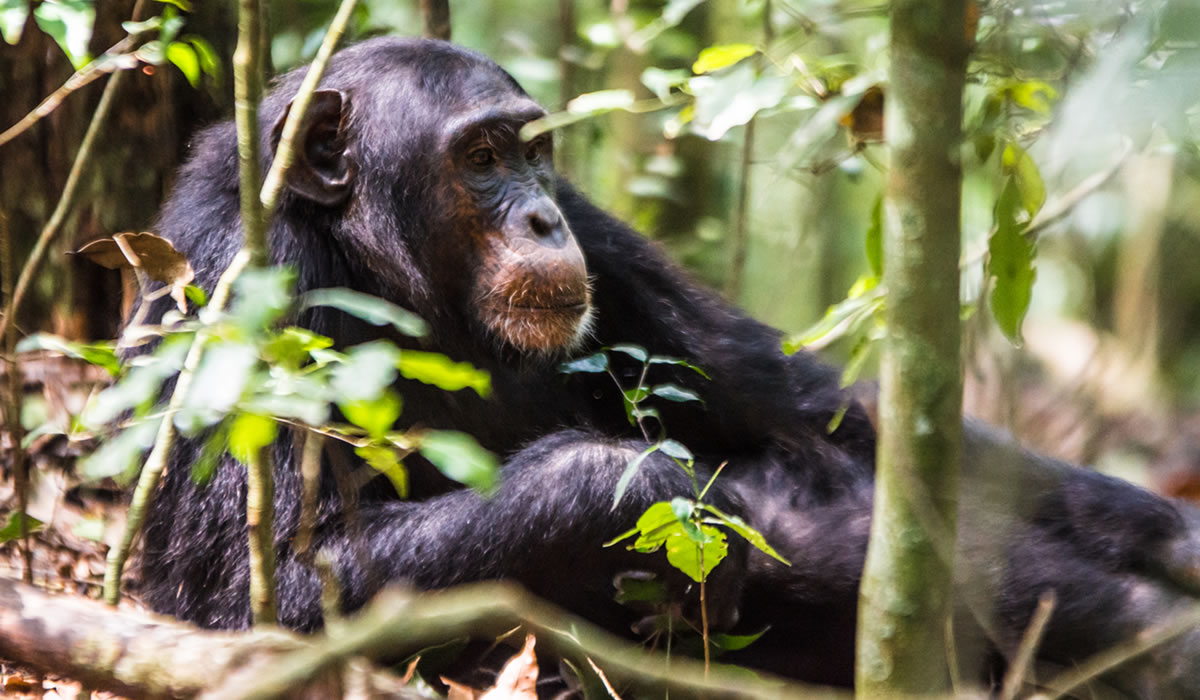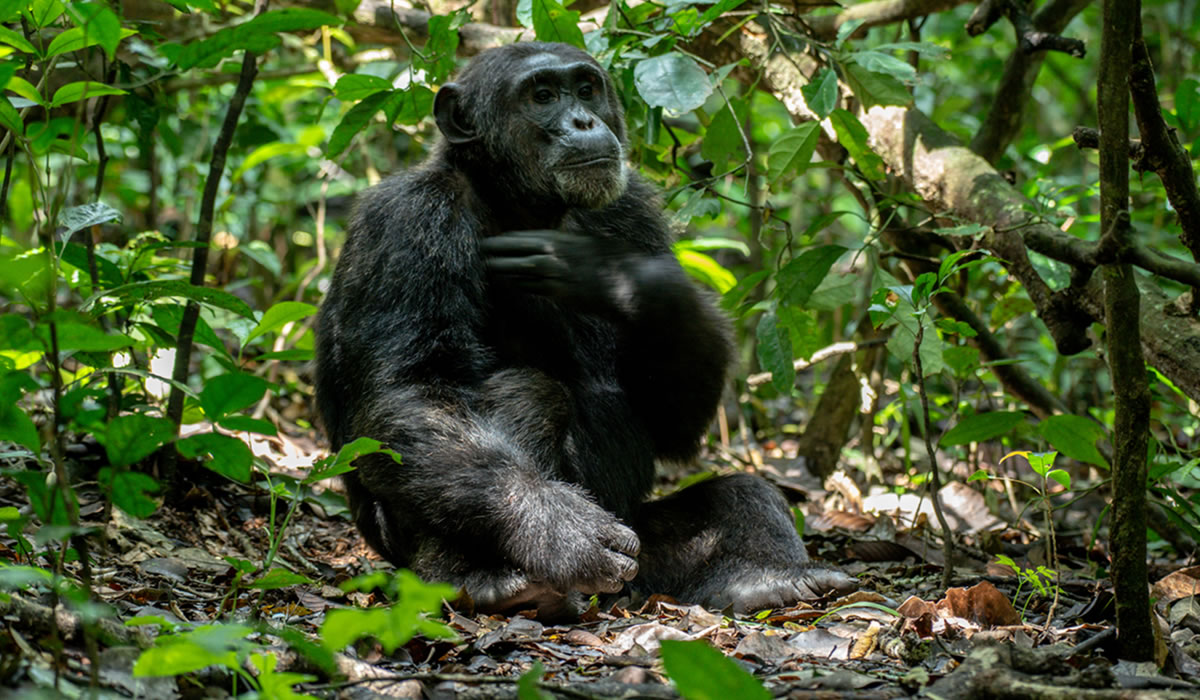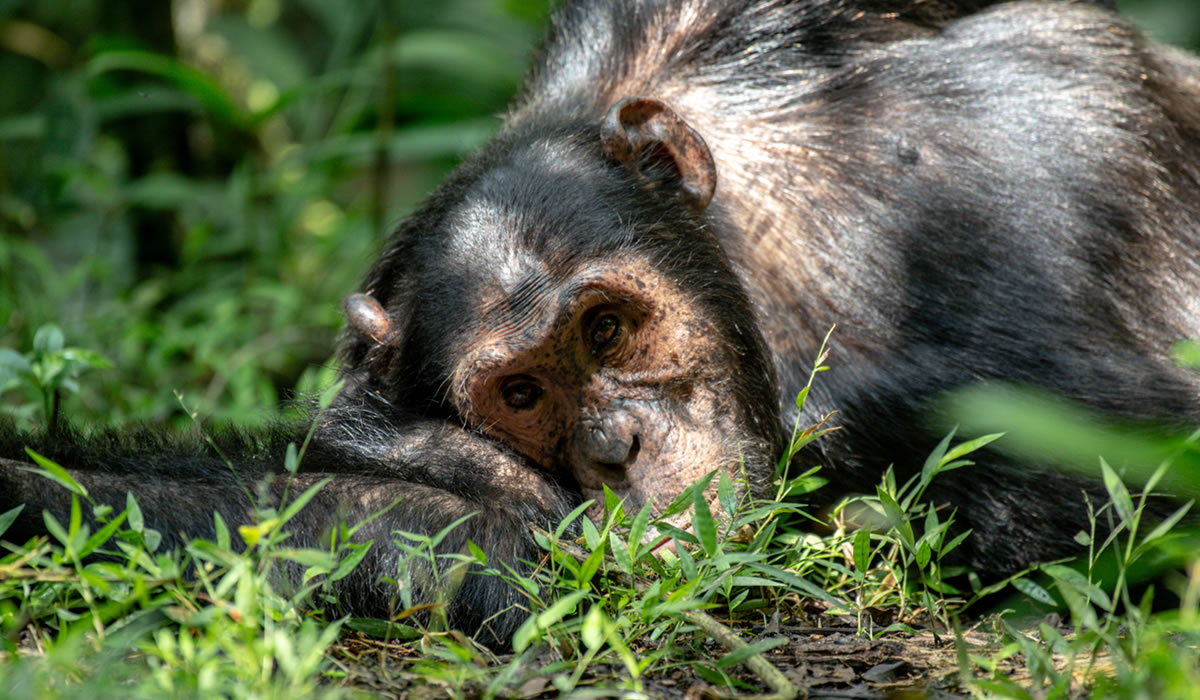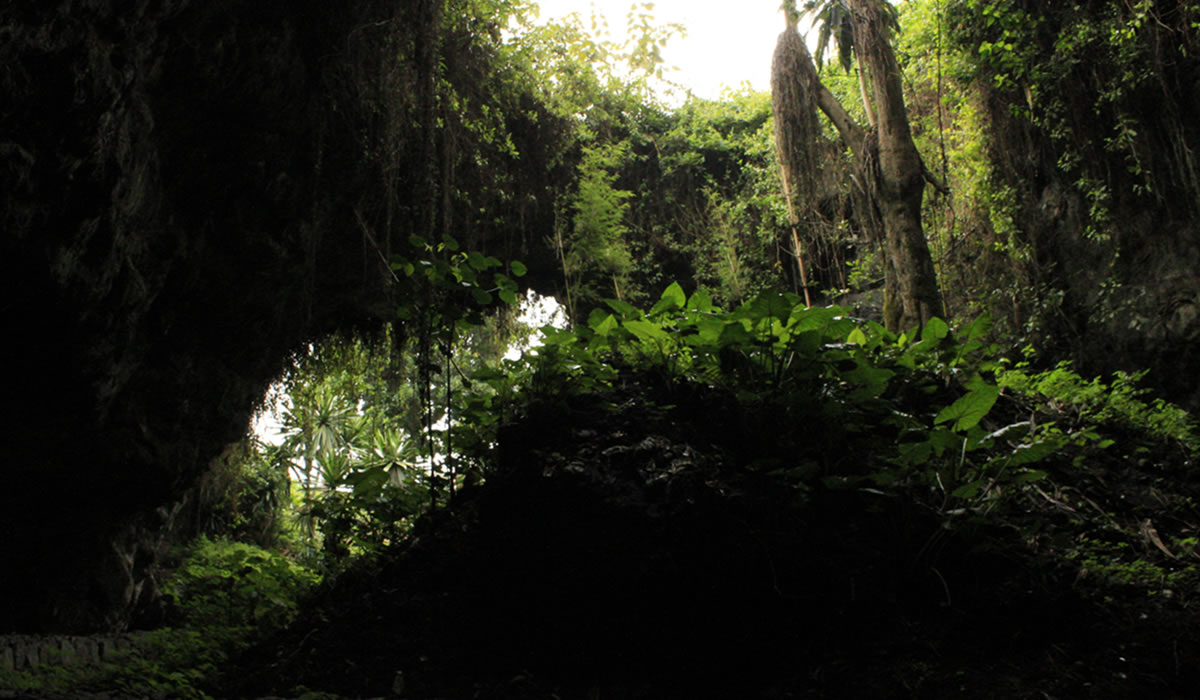Nyungwe Forest National Park is a biodiverse ecosystem in the southern western part of Rwanda…

Tourist Activities in Kibale Forest National Park.
Tourist activities in Kibale Forest National Park refer to the popular things to do while in the conservation area. A safari to western Uganda is counted as complete with a visit to the home of Chimpanzees. It is a hot spot for travelers more so for primate lovers, it is a habitat for 13 species primates, the forest is situated near fort portal town one of Uganda’s green tourism towns. It protects an evergreen growing forest occupying most of the land area of Kabarole district, it is approximately 795 square kilometers surrounded by beautiful crater lakes to the north of the park it s being managed by the Uganda wildlife Authority (UWA).
Chimpanzee tracking is the major activity of the Kibale Forest National Park, there are chances of seeing this forest compared to any other national park, Chimpanzees are said to share up to 98% of the human DNA, and they live within the forest in groups of 100 members of more led by a male Alpha, the primates are quite messy eaters with their loud charter sound which can be heard even at a distance, Tracking chimpanzee begins at the Kanyanchu visitor center in groups of 6 members, you will be guided into the forest by a Uganda wildlife game ranger, it takes 2-3 hours doing the activity and an hour is allowed to blend and interact with man’s closest relative, the young stars are busy jumping from one tree to another and are so playful in nature during the walk it is possible to meet other animal species like the forest elephants although they super shy and rare to see.
The Chimpanzee habituation process is an amazing thing to do while in the Kibale Forest National Park, for guests who would like to actually spend more time with the primates, this I recommendable, it involves an all-day interaction with the primates during this time they are trained to be free with the presence of man. This activity is conducted with the aid of researchers, trackers, and guides, it is the best fit for scholars and photographers for great picture moments, tracking begins a little earlier compared to normal tracking in order to catch the morning risers during the process you will be able to witness the primates feeding, hunting and nesting.
Bigodi swamp walks, The Bigodi swamp area is full of life, there are more birds in the swamp area, it is about 6km from the park center operated by the community, it is a great ecosystem supporting wildlife of the park home to many butterflies, birds like the great blue turaco, apalis, weavers, pelicans, primates like the black and white colobus monkeys, vervet monkeys can be seen while here.
Bird watching in Kibale Forest National Park, there are over 300 species of birds have been recorded to date, the protected conservation area is registered as an important birding area of Uganda, and some of these species are endemic to the great Albertine region. Example types include crowned eagles, great blue turaco, long-tailed cuckoos, African grey parrots, sunbirds, and pelicans, to mention a few, in order for one to enjoy a birding safari in the park it is key to consider packing binoculars, rain gears, a good camera as well. These are best done on guided nature walks through the maintained trails of the national park.
Guided nature walks through the trails of the forest, a Uganda wildlife ranger will take you through the park, case you see him with a machete do not be surprised or terrified it is just for him or her to pave the way for the passing while going on the walk, they are experienced with vast knowledge of the conservation area from tree species to the many animals of the park, on a lucky day during the walk you might be chanced to see the Chimpanzee, look out through the trees for views of other primates like the grey checked mangabey.
Kibale Forest National Park can be visited all year round depending on your preference and reason for visiting, the most popular time is during the dry season between December- February and June- early September, when the weather is warmer and trails are less slippery.



